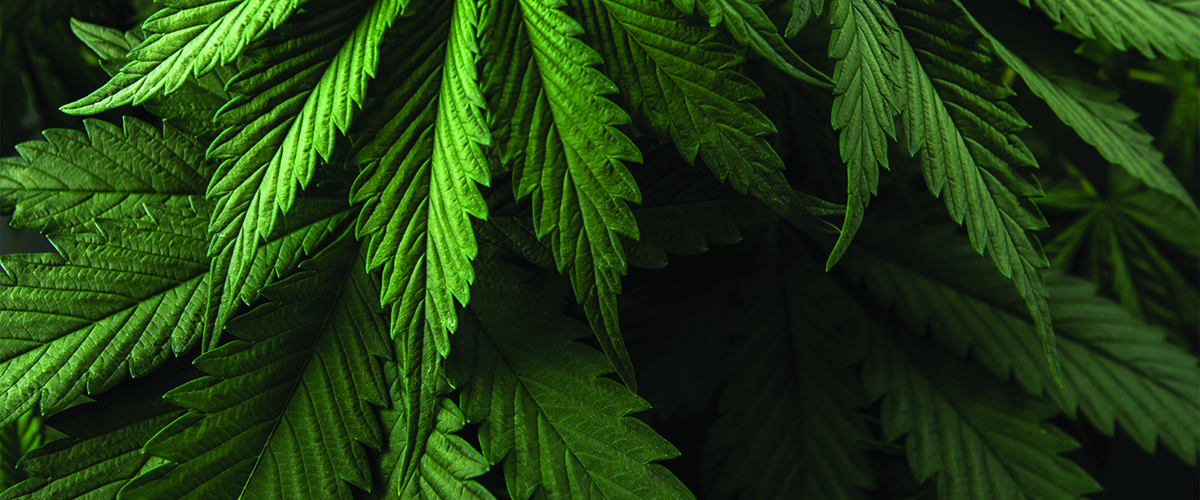Researchers uncover how the cannabis plant creates pain-relieving molecules with the potential to replace aspirin as “ideal painkillers,” according to a new study.
A group of Canadian researchers has released a new study uncovering how cannabis molecules can be used as a natural painkiller, with the potential to replace highly addictive opioids.
“There’s clearly a need to develop alternatives for relief of acute and chronic pain that go beyond opioids,” said Professor Tariq Akhtar, co-author of the study. “These molecules are non-psychoactive and they target the inflammation at the source, making them ideal painkillers.”
Research conducted in 1985 first identified and revealed the power of two cannabis molecules, which displayed anti-inflammatory activity up to thirty times as powerful as that of aspirin. However, due to cannabis prohibition and strict regulations, research at the time was halted.
After Canada ended its prohibition on cannabis last year, Canadian researchers from the Department of Molecular and Cellular Biology at the University of Guelph sought out to understand how the cannflavins, known as flavonoids, were created.
“If you know what you’re looking for, one can bring genes to life, so to speak, and piece together how molecules like cannflavins A and B are assembled,” Akhtar stated.
Using classical biochemistry techniques the team uncovered what was required to form the flavonoids cannflavin A and B, which display anti-inflammatory activity more effective gram-for-gram than aspirin. The Cannflavins target pain by reducing inflammation. This is a different approach from opioids which blocks pain receptors in the brain.
Researchers say more work is needed to create the pain-relieving molecules at a larger scale.
“The problem with these molecules is they are present in cannabis at such low levels, it’s not feasible to try to engineer the cannabis plant to create more of these substances,” co-author Steven Rothstein stated. “We are now working to develop a biological system to create these molecules, which would give us the opportunity to engineer large quantities.”
The study’s findings are to be published in the August edition of Phytochemistry under the title, “Biosynthesis of cannflavins A and B from Cannabis sativa L.”
Cannabis as a Substitute for Opioids?
The Canadian study adds to a growing body of evidence suggesting cannabis may be able to replace opioids as a safer, non-addictive pain reliever. In a recent study published in Drug and Alcohol Dependence, researchers examined prescriptions of Medicaid enrollees from 2010-2017.
The data showed that in 2015, legalized recreational marijuana was associated with a 32 percent drop in the number of opioid prescriptions, a 30 percent decrease in opioid doses, and a 31 percent reduction in spending on Schedule III opioids. Several other studies have had similar results.
Research published in a University of Alabama Legal Studies Research Paper found that recreational and medical marijuana legalization was associated with a 6.9 percent reduction in opioid prescriptions in states with dual marijuana legalization, and a 6.1 percent drop in states with only medical marijuana legalization.
Not only are researchers uncovering a decline in reported use of opioids with legal marijuana access, but a recent study also revealed a drop in the percentages of opioid-related overdoses in U.S. counties with medical marijuana dispensaries. The results from that study found a 6 to 8 percent drop in opioid-related deaths and a 10 percent decrease in heroin overdoses resulting in death.
More Cannabis News and Research
To keep up with the latest news in cannabis research, politics, and business check out our news page.






